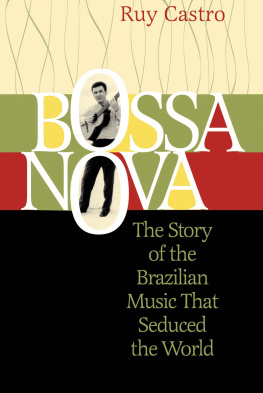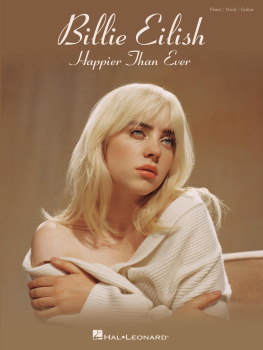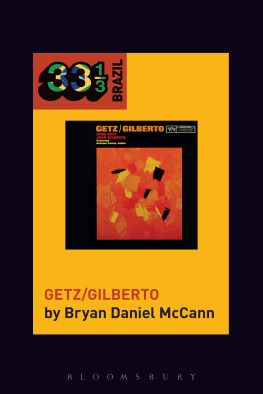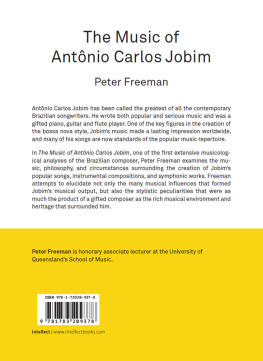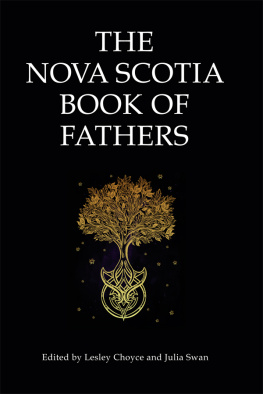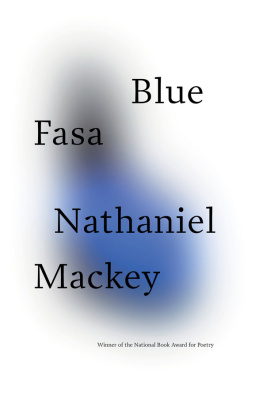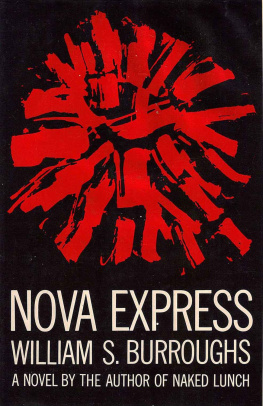

Library of Congress Cataloging-in-Publication Data
Castro, Ruy, 1948
[Chega de saudade. English]
Bossa nova: the story of the Brazilian music that seduced the world / by Ruy Castro.
p. cm.
Includes discography (p. ) and index.
ISBN-13: 978-1-55652-494-3
ISBN-10: 1-55652-494-3
1. Bossa nova (Music)BrazilHistory and criticism. I. Title.
ML3487.B7 C39 2000
781.64dc21
00-031749
Cover design: Joan Sommers Design
Interior design: Mel Kupfer
2000 by A Cappella Books and Ruy Castro
All rights reserved
First English-language edition
Published by A Cappella Books, an imprint of
Chicago Review Press, Incorporated
814 North Franklin Street
Chicago, IL 60610
ISBN-13: 978-1-55652-494-3
ISBN-10: 1-55652-494-3
Printed in the United States of America
5 4 3 2
First published in Brazil by Companhia Das Letras
1990 by Ruy Castro
Translated by Lysa Salsbury
Foreword 2000 by Julian Dibbell
This book is dedicated
to my daughters,
Pilar and Bianca.

Note to the Reader
At the end of this book a brief glossary will be found containing all musical and other Brazilian terms and names not defined in the text. For place names in Rio de Janeiro and So Paulo, see the maps on pages

Contents
Introduction and Acknowledgments
T his is the story of bossa nova, and the young men and women who made the scene when they were between fifteen and thirty years old. It is also a book that aims to be as factual and objective as possible. It is clear that, as it was written by someone who has been listening to bossa nova music since it was given its name (someone who refused to conform when Brazil began to favor other exotic blends of music), a measured dose of enthusiasm has been added to the recipewithout the expression, I hope, of any bias, either in favor of or against, the path taken by any one participant. But human beings, like albums, have A and B sides, and the utmost effort was made to reveal both.
In order to compile this historical narrative, firsthand information was sought from the protagonists, assistants, and key players of each event described herein, cited in the list of acknowledgments. All important information was checked and rechecked with more than one source. The nature of certain pieces of information made it impossible to categorize them as originating from an interview which took place on day X, in city Y, with Such-and-Such, because this would transgress the ethical precept of safeguarding the anonymity of the source. However, even when it appears simple to figure out the source or sources for any piece of information, the responsibility for divulging them is mine. Sources who didnt mind being identified are mentioned within the body of the text.
I think it important to note that I listened to all the recordings mentioned in the text, including extremely rare first records by Os Garotos da Lua (The Boys from the Moon), Joo Gilberto, Joo Donato, and Johnny Alf. I also had access to private tape recordings of Joo Gilberto, the first bossa nova performances in universities, the Bon Gourmet show, and a complete recording of the 1962 Carnegie Hall bossa nova concert.
Writing this book was facilitated by my prior acquaintance with several bossa nova celebrities, but it would not have been possible without the generosity and interest of more than a hundred people. For eighteen months, from January 1989 to August 1990, they patiently participated in long interviews, providing information, ransacking drawers, clarifying dates, locating records, copying tapes, tearing photos out of their albums, drawing maps, and giving detailed descriptions of homes, bars, and boats. Many of these interviews required three or four sessions, and almost all of them were granted in person, in Rio de Janeiro and So Paulobut there were also hundreds of phone calls to Salvador, Juazeiro, Porto Alegre, Vitria, Belo Horizonte, and even Lisbon. A few interviewees were consulted only by telephone and, without even meeting me, provided valuable information. Others went to the trouble of replying to me in writing. My most heartfelt thanks to all of them. They were, in alphabetical order by last name:
Elba and Joo Luiz de Albuquerque; the late Lcio Alves; Walter Arruda; Badeco of Os Cariocas; Billy Blanco; the late Ronaldo Bscoli; Candinho (Jos Cndido de Mello Mattos); Heitor Carrillo; Achilles Chirol; Walter Clark; Lus Cludio; Carlos Conde; Umberto Contardi; Haroldo Costa; Cravinho (Aminthas Jorge Cravo); the late Ivon Curi; Snia Delfino; Reinaldo Di Giorgio Jr.; Joo Donato; Chico Feitosa; Juvenal Fernandes; Laurinha Figueiredo; Luvercy Fiorini; Janio de Freitas; Moyss Fuks; Paulo Garcez; Joo Gilberto; Sheila and the late Lus (Chupeta) Gomes; Christina Gurjo; Oswaldo Gurzoni; Jlio Hungria; the late Antonio Carlos Jobim; Jorge Karam; Alfonso Lafita; the late Nara Leo; Jacques and Ldia Libion; Paulo Lorgus; Carlos Lyra; the late Edison Machado; Tito Madi; Mariza Gata Mansa; Emlia and Pacfico Mascarenhas; Joo Mrio Medeiros; Acyr Bastos Mello; Cyrene Mendona; Roberto Menescal; Andr Midani; Mile; Micha; Paulo Moura; lvaro de Moya; Tio Neto; Paulo Csar de Oliveira; Laura and Chico Pereira; Carlos Alberto Pingarilho; Armando Pittigliani; Nilo Queiroz; Jos Domingos Rafaelli; lvaro Ramos; Flvio Ramos; the late Alberto Ruschel; Wanda S; Sab; Maurcio Sherman; Jonas Silva; Walter Silva; Raul de Souza; Mrio Telles; Jos Ramos Tinhoro; Marcos Valle; David Drew Zingg; Ziraldo.
It is impossible to adequately express my gratitude to the following for the information they provided on the early Joo Gilberto: Belinha Abujamra, Micio Caff, Ieda Castiel, Clovis Moura, Merita Moura, Dr. Giuseppe Muccini, Dr. Dewilson de Oliveira, and Dona Dadainha de Oliveira S, all from Juazeiro, Bahia. Paulo Diniz, Dr. Alberto Fernandes, Glnio Reis, and the late Dona Boneca Regina told me about his days in Porto Alegre, and Oswaldo Carneiro, Henrique Fernando Cruz, and Maria do Carmo Queiroz provided decisive information on the Sinatra-Farney Fan Club.
I also owe special thanks to Leon Barg, of Curitiba, for his fabulous collection of 78 r.p.m.s; Srgio Cabral; Ricardo Carvalho, for providing his dedicated research on Vincius de Moraes; Almir Chediak; Isabel Leo Digues, for allowing access to her mother Naras files; and Arnaldo de Souteiro, who seems to know everything there is to know about the international development of bossa nova. And many thanks to friends like Rita Kauffman and the dear, late Giovani Mafra e Silva, whose help in Rio was invaluable to this book, as well as to Alice Sampaio and Sueli Queiroz, in So Paulo, for many personal reasons.
Foreword
S top telling stories, said Dionne Warwick in the midst of a 1966 visit to Rio de Janeiro. Everybody knows it was Burt Bacharach who invented bossa nova. She actually believed this, evidently, but dont be too quick to snicker. Her notion of the musics origins may have been all wet, but at least she had one.
For the rest of us Americans, as a rule, bossa nova is a music laced with meaning but void of history. We locate it historically, if we do, not within any context of its own, but as a scene in one of our favorite pop-cultural narrativesa brief Brazilian seduction on the eve of a much more momentous British invasion. In the role of seductress: The Girl from Ipanema, composed by Antonio Carlos Tom Jobim, sung with unnerving cool by Astrud Gilberto, fortified by Stan Getzs throaty sax, and anchored by the telegraphically syncopated guitar of Astruds husband, bossa nova icon Joo Gilberto. Hurling itself to the top of the charts in early 1964, that brilliant single charmed the U.S. public into one last fling with jazzy sophistication before Beatlemania decreed the reign of rocks vulgar beauty. It was a melancholy farewell to Camelot, to the pop ideal of urbane elegance, and inevitably, to bossa novas own short moment at the center of our attention.
Next page
